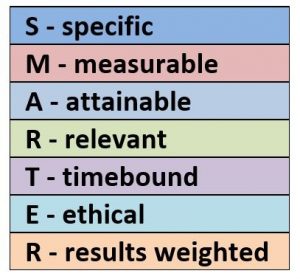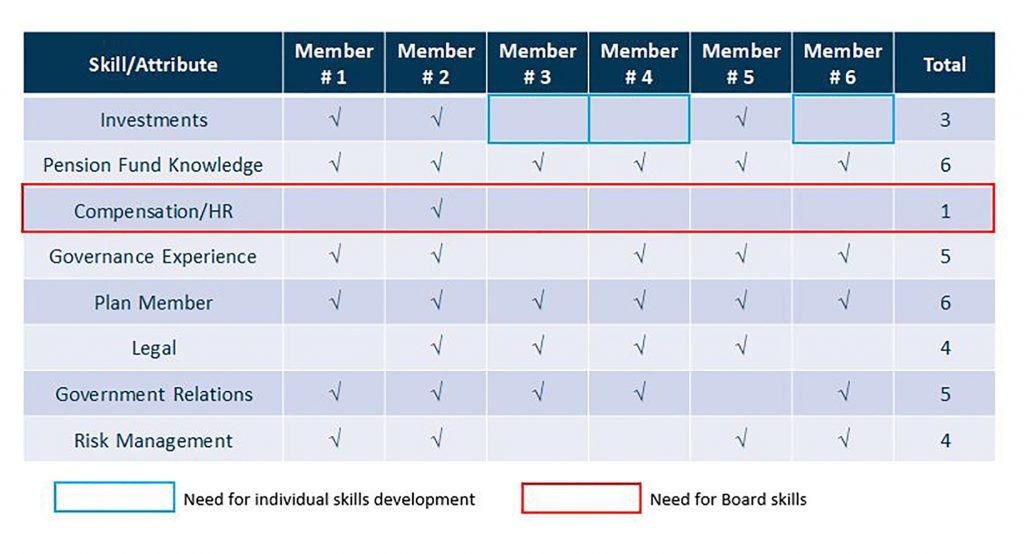Options for Executive Compensation Disclosure
Understand Your Options
The clock struck midnight on December 31st, ringing in the start of a new year. While most companies work to finalize their audited financial statements in the next month or two, they also need to be aware of other important tasks required in the months ahead. This includes the calculation, review and approval of Annual Incentive payouts for 2018 as well as the review and approval of any adjustments to Base Salary, Target Annual Incentive and Long-Term Incentive opportunities for 2019. Once these approvals are made, companies must figure out how they are going to communicate the executive compensation decisions made for 2018 and potentially what shareholders can expect for compensation in 2019, to shareholders. This information is provided through a company’s Form DEF 14A in the United States or its Canadian equivalent, the Management Information Circular, also referred to as the proxy circular. Specifically, the Compensation Discussion & Analysis (“CD&A”) section is where the majority of information can be found.
Three Key Questions
When providing disclosure to shareholders, companies need to keep in mind three key questions that should be answered through its disclosure on Top 5 Named Executive Officer (“NEO”) compensation:
- What was paid to executives?
- How was compensation paid to executives? and
- Why was compensation paid to executives?
This includes describing each form of compensation that is provided to executives (i.e. Base Salary, Annual Incentive, Long-Term Incentive, Benefits, Pension and Perquisites). It should also provide shareholders with information on the exact level of compensation given to each NEO for each compensation element. Lastly, disclosure should also explain why each of the compensation elements was provided to executives. This can include the purpose of each compensation element and how they link to a company’s strategy and shareholder value. Information on the performance achieved during the year that justifies the level of Bonus or Long-Term Incentive granted to the executive should be included as part of this and also, where possible, disclosure of the specific performance metrics used to determine performance and the level of performance achieved against these metrics.
How Information is Presented in the Proxy Circular
While certain forms of disclosure, such as the Summary Compensation Table outlining the value of compensation granted to a company’s Top 5 NEOs or the Outstanding Share-Based and Option-Based Awards table for NEOs, are mandated by regulators to be disclosed, companies have a variety of alternatives to choose from in terms of how much they want to present within the proxy circular. Companies typically will fall into one of three buckets in how they choose to present information:
- Minimum Compliance
- Minimum Compliance Plus
- Award Seekers
Minimum Compliance
This bucket is where many Small and Micro Cap companies fall into as they have limited resources available to them in order to complete the annual proxy circular. The task is typically performed by the company’s Chief Financial Officer, Corporate Secretary (if they have one) or outsourced to outside legal counsel with the mandate to provide only what is required by the regulators in order to stay in compliance. This keeps preparation costs and the time required to complete the exercise at a low level. Minimum Compliance disclosures often do not provide information on a company’s practices in a clear and easy-to-read manner, ending up with a lot of text and little to no graphs and tables to help present information in a more readable format for shareholders. A company’s compensation practices are often not as robust as larger companies, with executives typically receiving only a Base Salary and Stock Option grants with Annual Incentives paid on more of a one-off and discretionary basis with little structure in how they are determined. This means that the company often has little to no formal process to disclose to shareholders and therefore keeps the level of disclosure at a minimum. These companies also tend to have more of a Retail shareholder base and in many cases, although not always, will face less scrutiny on their compensation practices from shareholder advisory groups, such as ISS and Glass Lewis, to improve upon their compensation disclosure practices. They can get away with providing limited information until they grow and more of an Institutional shareholder base begins to enter the stock and requires clearer information from the company.
Minimum Compliance Plus
This bucket is where the majority of companies find themselves in the market (often at Mid Cap and growing Small Cap companies) as they seek to meet the minimum required standards, but also want to improve upon that disclosure by adding in more graphs and tables to tell a better compensation story to shareholders. These companies tend to have slightly more internal resources available to them in order to complete this task and will often have a Human Resources representative work with the Corporate Secretary as well as a company’s independent compensation advisor to draft and review the annual disclosure and improve upon past practices. While they don’t necessarily want to be on the leading-edge of compensation disclosure, they better understand the value that improved compensation disclosure can bring when communicating with shareholders. Often at this stage, in a company’s life cycle, they begin to implement a more structured strategy to determine how they make annual Base Salary adjustments, determine Annual Incentive payouts and grant Long-Term Incentives to executives. Because of this added structure, a company now has a more formalized process to share with shareholders and is in a better position to disclose how it goes about determining compensation on an annual basis. Given the company’s size, they tend to have more Institutional shareholders in the stock and therefore the opinions of ISS, Glass Lewis and their Top Institutional shareholders start to have a larger impact on voting results at their Annual General Meeting. These groups demand better disclosure from companies and will ensure that their voices are heard if they do not receive the expected disclosure.
Award Seekers
This bucket is where many Large Cap companies find themselves as they seek to go well beyond the required disclosure to provide a clear, but comprehensive story to shareholders on the process followed to determine executive compensation on an annual basis. These companies have a much higher level of internal resources available to them and will put together a team made up of their Human Resources, Legal and Finance divisions to work on the annual disclosure. They will also work with their independent compensation advisor and other outside parties to produce a document that not only provides great information, but also is much more visually appealing to the reader than the typical proxy circular. These companies fully understand the value that plain language and easy-to-read material can bring when communicating with shareholders. They have had a formal compensation design in place for many years, when determining executive compensation, so the objective of disclosure is not just to provide readers with information on the structure of pay, but to provide shareholders with a better sense of a company’s annual process and any compensation improvements they have made in the past year, based on the feedback they have heard from shareholders. Given the company’s size, they have a majority of Institutional shareholders in the stock and therefore the opinions of ISS, Glass Lewis and their Top Institutional shareholders have a direct impact on the voting results at their Annual General Meeting. As an example, a negative vote recommendation from ISS, Glass Lewis or group of top shareholders has the potential to lead to a failed Say on Pay vote, which is embarrassing for the company and its Compensation Committee. Once a solid disclosure format is put in place, “award seekers” are always looking to improve upon the proxy circular, making annual disclosure an ever-evolving process as they are never satisfied.
Closing Thoughts
As you can tell, a company has a variety of ways in which it can choose to provide annual disclosure on executive compensation, which is often predicated on the exact circumstances facing the company. Does the company have a high Retail or Institutional shareholder base? Has the company received negative feedback from ISS, Glass Lewis or a Top shareholder in the past? What stage of life cycle is the company in and what kind of structure is currently in place to determine executive compensation? What resources does the company have available to it to prepare disclosure? These questions should all be asked when determining the type of disclosure, the company can provide to shareholders. However, no matter which level of disclosure a company chooses to provide, it should always remember to answer the three main questions that all shareholders want to know as it relates to compensation:
- What was paid to executives?
- How was compensation paid to executives? and
- Why was compensation paid to executives?
Without answers to these three questions, a company will face scrutiny on its executive compensation disclosure practices.


